Wadden Sea Facts
- Incredibly, the simple title of Wadden Sea names an almost unbelievable creation of geological forces. It has an extremely uncommon physical nature that sets it apart from other bodies of water. That’s because it forms an incredible intertidal zone.
- Intriguingly, this feature formed in the southeastern part of the North Sea. Despite its small size, it plays an important role in the region in which it formed. That’s because this small sea forms one of the last large-scale intertidal systems left intact on earth.
- Impressively, this wonder of geological processes qualifies as a shallow body of water with numerous wetlands and tidal flats. Together, these fascinating and unique features comprise a truly impressive total area of 3,861 sq mi (10,000 sq km).
- Appropriately, in 2009, portions of the Wadden Sea earned a singular honor. That’s due to the fact that it earned a spot on the list of UNESCO well-known World Heritage Sites. Its claims to fame for distinctive wonders of Nature do not end there, though.
- In point of fact, it boasts several other such claims. This remains true partly due to the presence of an extremely extensive area of tidal mud flats. Yet it also holds a multitude of tidal trenches and numerous small islands dotting the entire area.
Related Articles
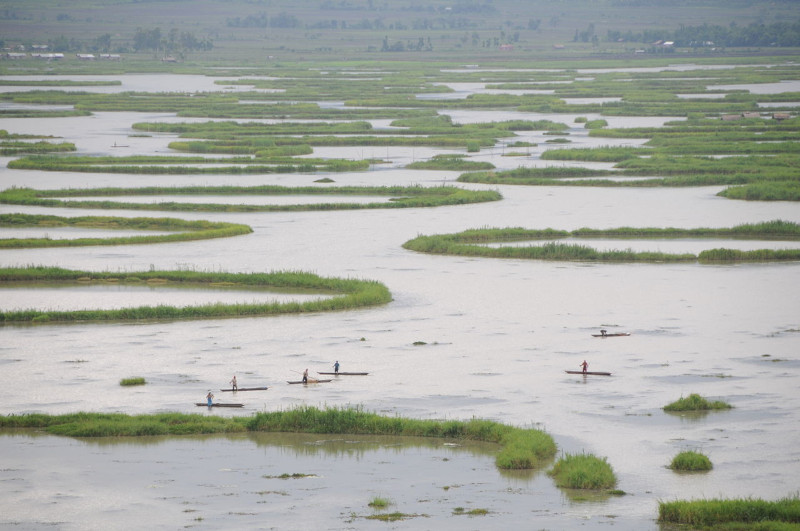
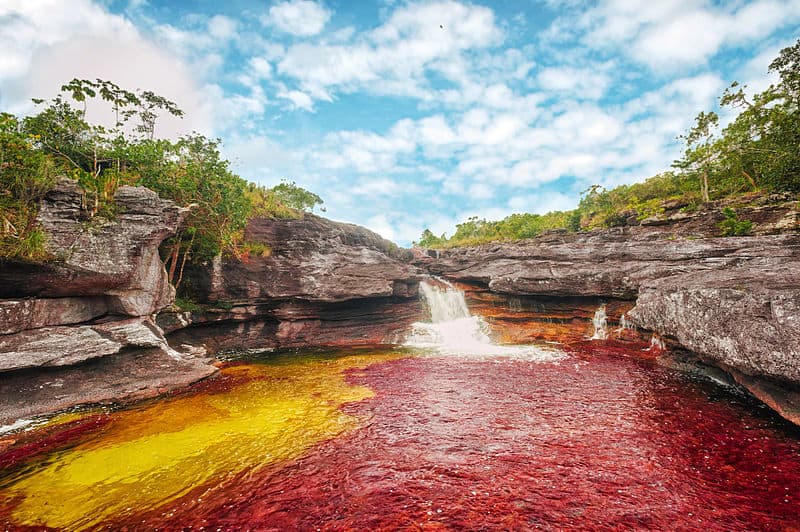
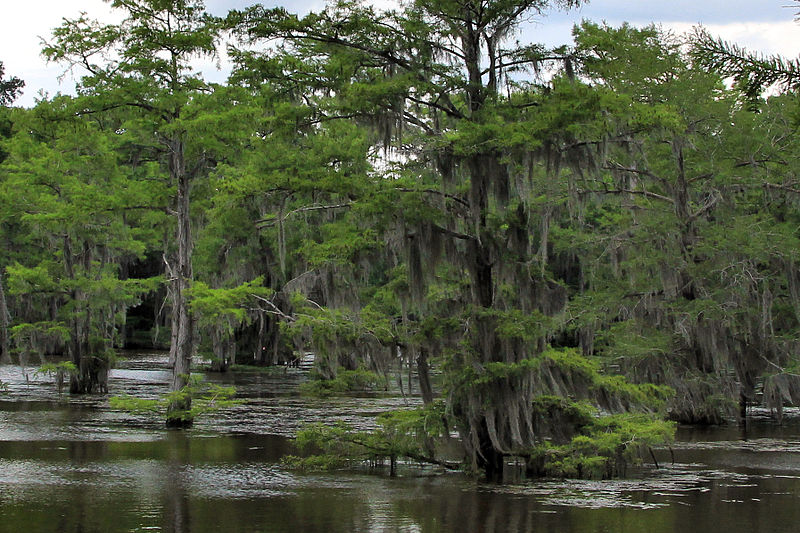
Wadden Sea Environment
This stunning marvel captivates those who see it for many reasons, such as the presence of the Frisian Islands. Located within it, these are surprisingly highly varied in their nature. That’s because these are marked by two distinctly different characteristics.
The islands possess numerous sand dunes, and broad, sandy beaches on the side adjoining the North Sea. Yet the highly remarkable formations scattered throughout the region do not simply stop there. Their individual distinctiveness actually extends much further.
This awesome region of the world presents many wonders for visitors to enjoy. These remarkable islands present a low, tidal coast towards the unique sea. Surprisingly, the supremely fabulous site is always changing its underlying physical characteristics.
That’s because of the actions of steadily ongoing natural processes. These include the continual actions of the impact of waves and currents. These actions, serving the function of carrying away sediment, continue to change the layout of the many islands even today.
In addition to all of this, the amazing Wadden Sea holds yet another surprise for those who sincerely appreciate Nature. This statement of fact holds true because the breathtaking site also serves as one of the most important areas for migratory birds in the world.
Wadden Sea Location and Fauna
The truly breathtaking body of water known as the Wadden Sea formed in an important and unexpected section of the world. That same area remains well known for its abundance of natural marvels. That location therefore likely won’t surprise many people.
In point of fact, this wonder of Nature formed between the Frisian Islands and the coastal regions of continental northwestern Europe. Its expanse actually touches on the borders of several countries. These include Denmark, Germany, and the Netherlands.
As a result of its somewhat surprising location, an estimated 10-12 million birds pass through the region, resting briefly, every year. Estimates have placed the number of birds present together at one time at peak times as high as about 6.1 million birds.
This varied assortment of wild avians also includes hundreds of thousands of geese, ducks, and waders. Remarkably, many of them rank as endangered species. Many of these use the amazing Wadden Sea as either a short-term resting place or even as a wintering site.
The waters of this magnificent site themselves also serve as home to a huge number of native species. Countless harbor porpoises, gray seals, and the white-beaked dolphin call the region home. Two species of whales even once inhabited the region, but no longer.
Features Sharing Its Region
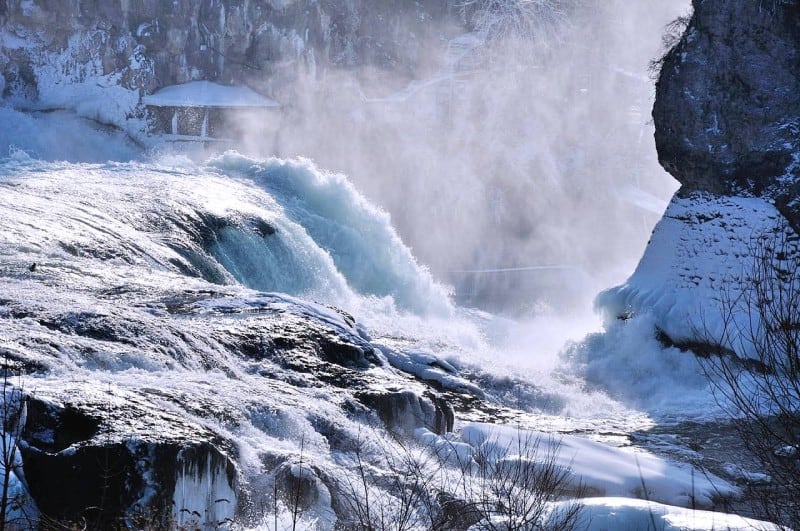
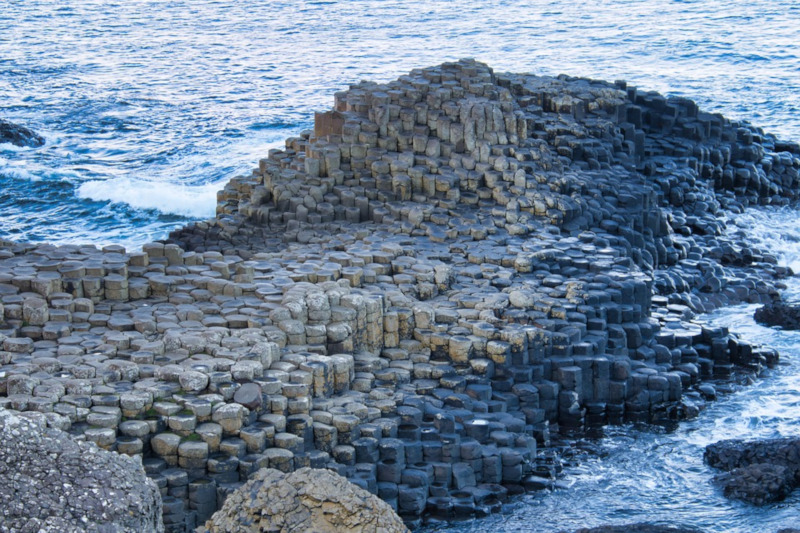
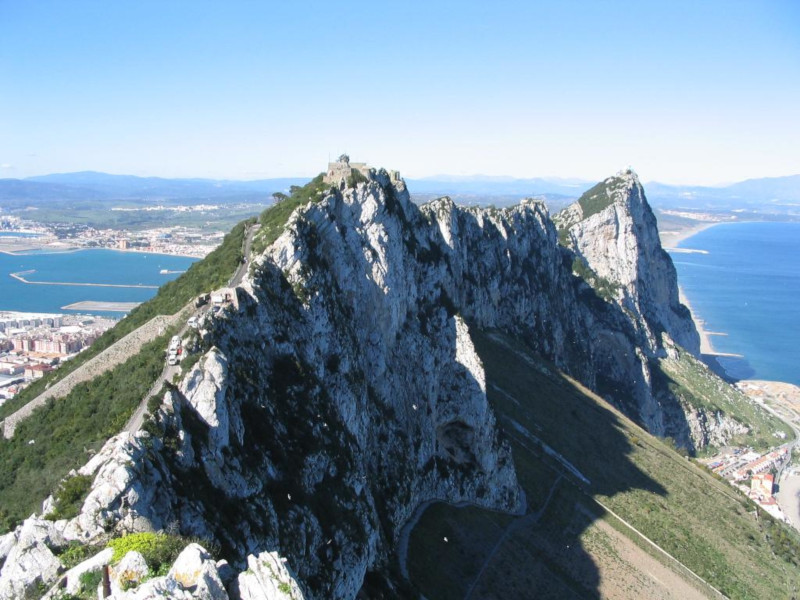
Check out our other articles on Breathtaking Primates of the World, Gulper Eel, Pewits Nest, Fringed Gentian, Indian Giant Squirrel, Devil’s Flower Mantis, Black Rain Frog
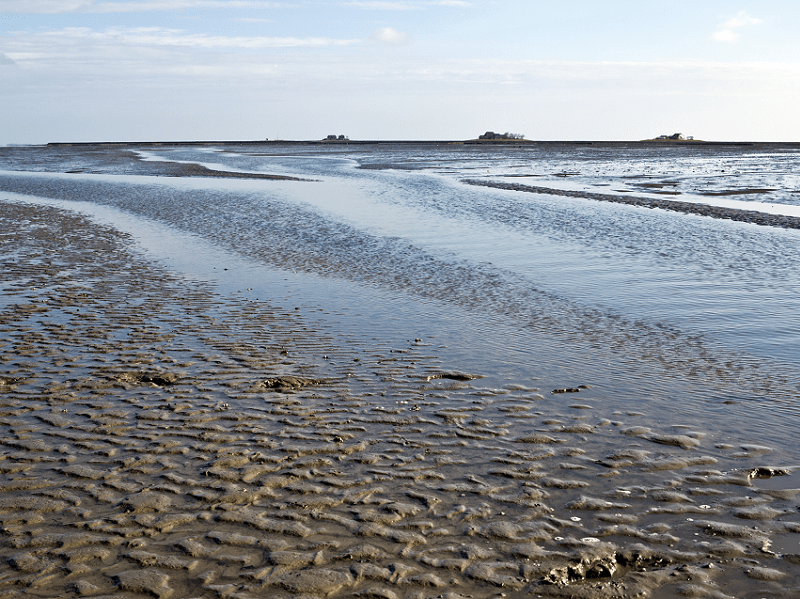
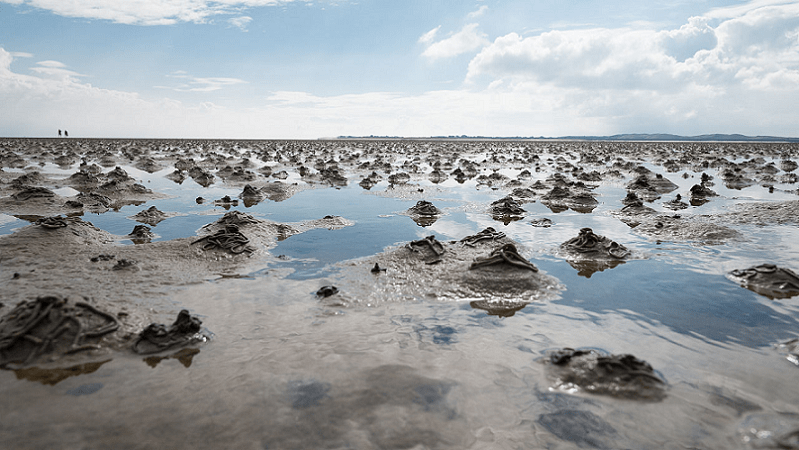
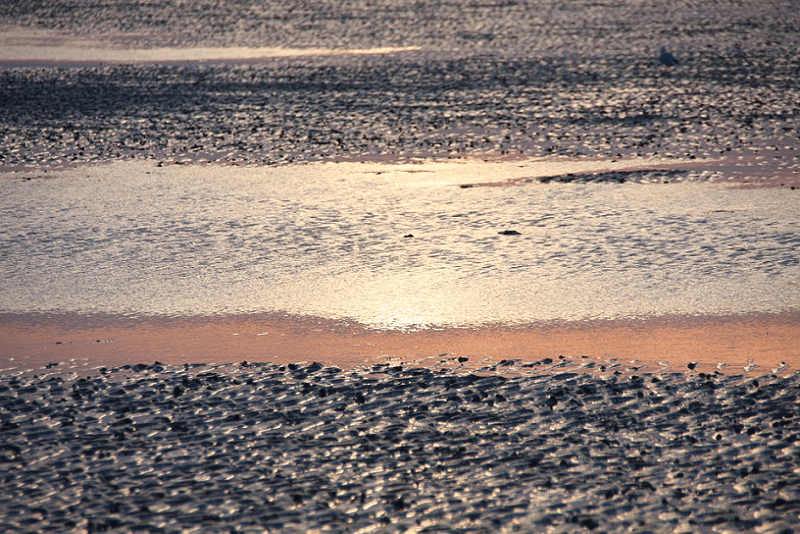









Leave a Reply